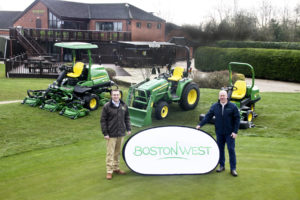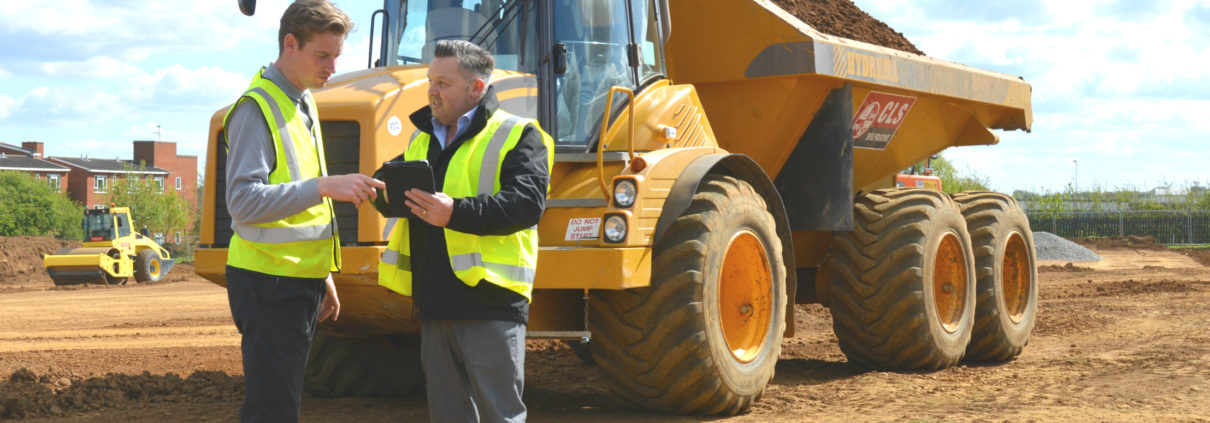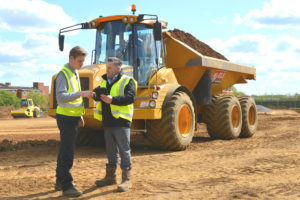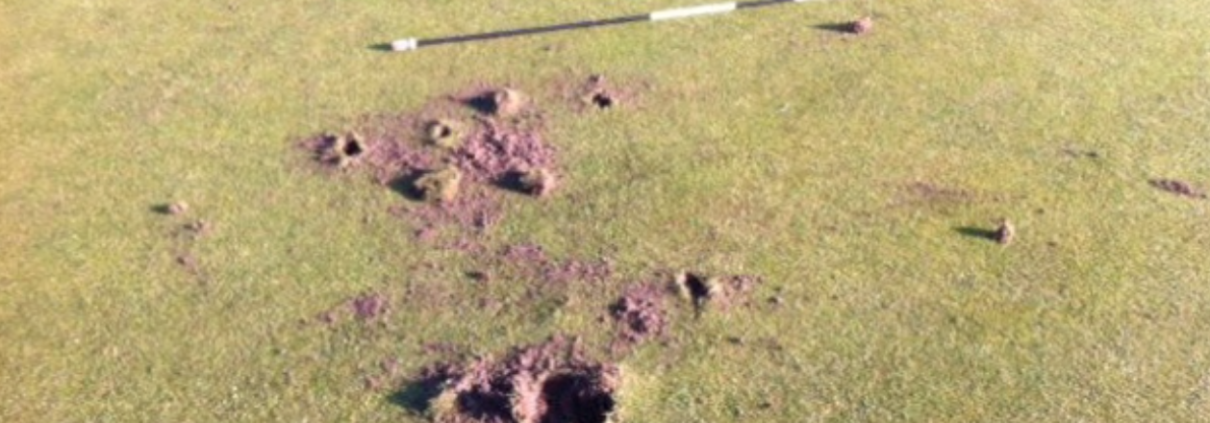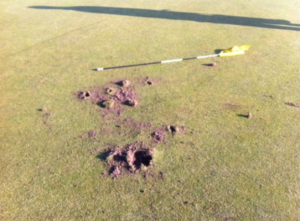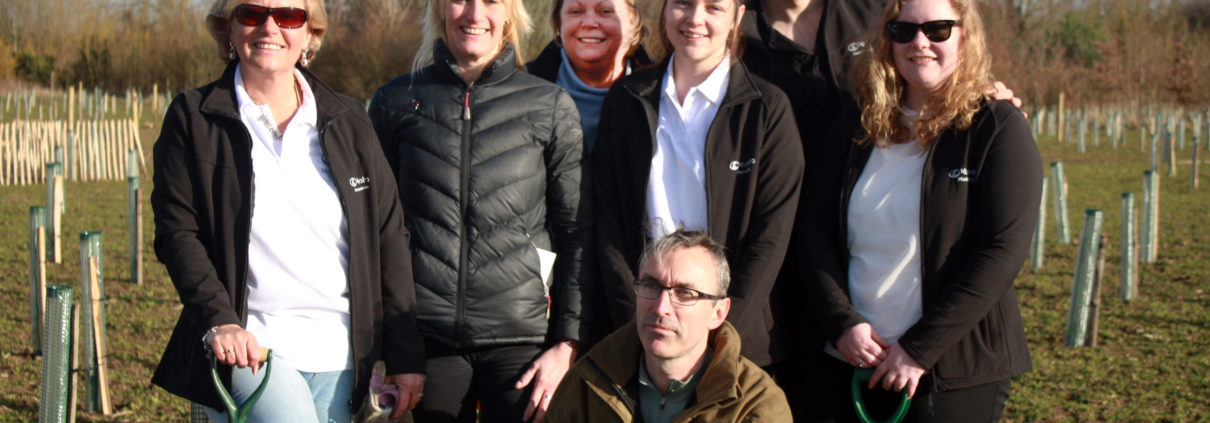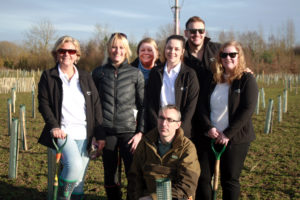Exciting times for Boston West
Exciting times for Boston West – Set in the Lincolnshire countryside just a short drive away from England’s scenic east coast, Boston West at Hubbert’s Bridge in Lincolnshire was established in 1995 and features an 18-hole parkland golf course, a 20-bay floodlit driving range and a six-hole, par-three academy course. It also offers an on-site three star hotel with multi-purpose business and wedding facilities, and a modern brasserie style restaurant.
Proud of its high standards and top quality greens surfaces, this proprietary owned golf club is now benefiting from three new John Deere machines delivered by dealer F G Adamson & Son, which has outlets in Lincolnshire and East Yorkshire. Bought using a John Deere Financial package, the kit includes a 2500B triplex greens mower, a 9009A TerrainCut semi/rough five-deck rotary mower and a 36hp 3036E compact tractor equipped with a D160 front loader.
Boston West’s new joint owners Jon Portess and James Mitchell took over the club in May 2016, and immediately asked course manager Tom Luffman what he needed to replace and upgrade the course’s older machines to help bring the overall course maintenance regime back up to speed. The decision was made to invest in John Deere equipment, as managing director Jon Portess explains:
“Following Tom’s recommendations, we conducted the usual tender process, and had a good look at what’s around on the market. We brought in demonstration machines, checked their quality and what was most suitable for the course and our business. The whole package from John Deere and the dealer was simply better than anyone else,” says Jon.
“Adamsons provided the quality we were looking for, and we thought the John Deere machines were the best ones out there. We also felt that the sales approach and the quotation from Adamsons area manager Steve Blanchard were right for our business, and that the machines were right for the various jobs we wanted them to do, and to improve on what we had before.”
Course manager Tom Luffman adds: “It’s an exciting time at Boston West with the purchase of these three new John Deere machines. The 2500B greens mower delivers a superb quality of cut, which will enable us to provide members and visitors with faster and truer putting surfaces.
“In addition, the 9009A TerrainCut mower with TechControl will present the rough to a higher standard – I believe its ability to follow the course contours and maintain an even cut is second to none. The 3036E compact utility tractor is also a fantastic addition to our fleet for its all-round abilities, from loading sand to slitting greens.”


